

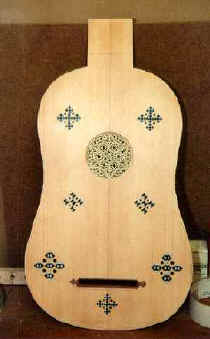 Fig.1 Vihuela The first form of the vihuela was represented by an instrument with sometimes many soundholes or decorations. |
 Fig.2 Vihuela Original from 16th century, the vihuela was, in its final form, a guitar with six double strings made of gut. The large type of vihuela was some four inches longer than the modern guitar. The neck had twelve frets. |
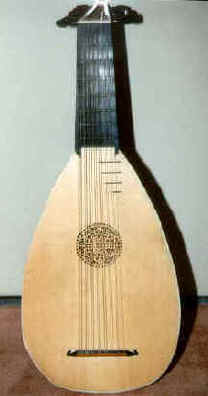 Fig.3 Lute In its popular form, the lute had a variable number of strings, eight double strings in this figure. |
 Fig.4 The four-string guitar All of its four strings were double in most of Europe with the exception of Italy, where the first string remained single, and the tuning of the Italian instrument differed from the standard system. |
 Fig.5 Five-string guitar The five-string guitar shows 10 frets made of gut. The strings are 68 cm long.
|
 Fig.6 Chitarra battente The chitarra battente came from Italia and had double metal strings. The frets were in gut and the sound hole is highly decorated. The neck is covered with mother-of-pearl. |
 Fig.7 Chitarra battente seen from side The back and sides of that guitar are decorated, in ebony and ivory. It is characterized by a soundbox the back of which curves gently outwards instead of being simply flat.
|
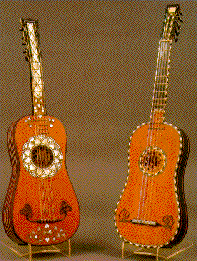 Fig.8 Two 17th century guitars The guitar of the right was made by René Voboam, Paris. It is dated 1641. The left guitar is made by Domenico Sellas, Venice, ca 1670. Inlaid mother-of-pearl.
|
 Fig.9 Stradivarius five-string guitar It is a very few decorated guitar: a contrast with other guitars of the same time. It dates back to either 1680, or 1688. Fretboard in ebony, lenght of strings: 74 cm. |
 Fig.10 Stradivarius guitar seen from back The back, as for Stradivarius violins, is made of maple. The joints are inlaid with ebony. |
 Fig.11 Salomon Guitar Guitar made in Paris by Salomon around 1760. Note the presence of two additional tuning pegs at the middle of the head. Frets are made of gut. |
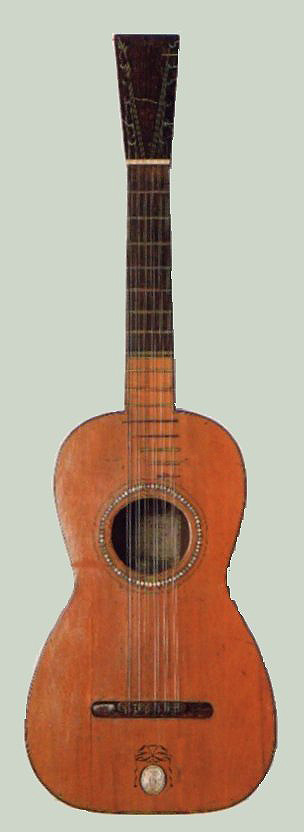 Fig.12 Pagé Guitar Instrument made in Cadix in 1804 by Pagé. There are twelve frets in metal followed by shorter frets on the soundboard. A fanbracing system is used.
|
 Fig.13 Viyera Guitar Guitar made in Lisbon, Portugal. It is undated. The head and neck are very decorated. |
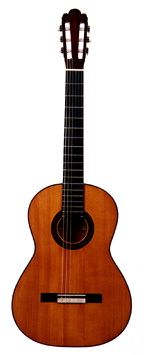 Fig.14 Antonio de Torres guitar 1882 He devised a larger soundboard fitted with wider sides, and he invented the use of fanbracing under the soundboard to enrich the sound. Top of the soundboard made od fir, bottom and sides of soundboard made of rosewood, maple or cypress. Neck made of cedar covered of rosewood fretboard. |
Copyright François Faucher 1998-2025